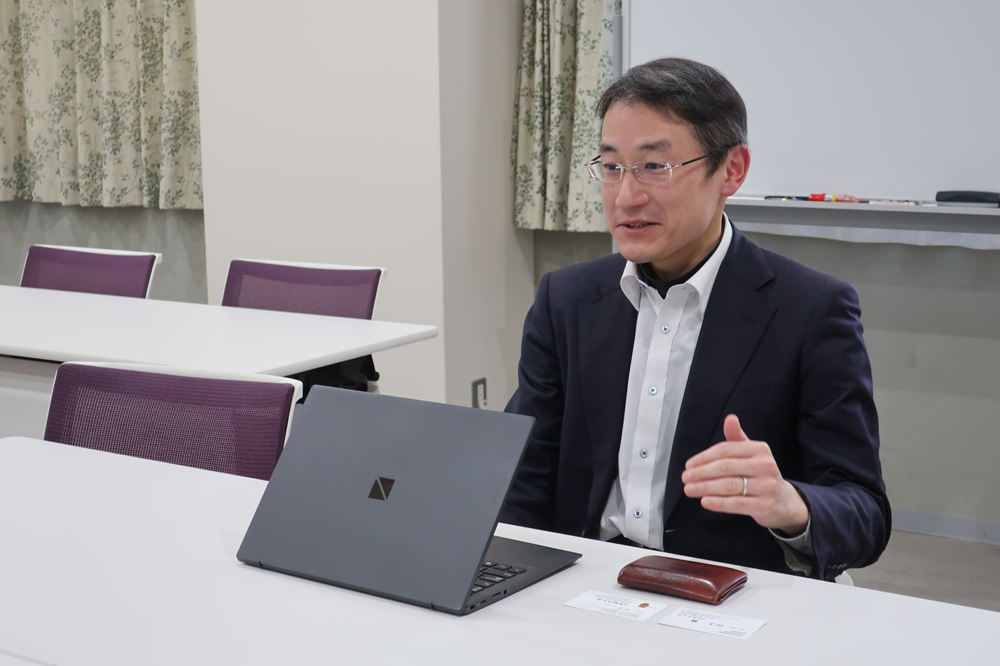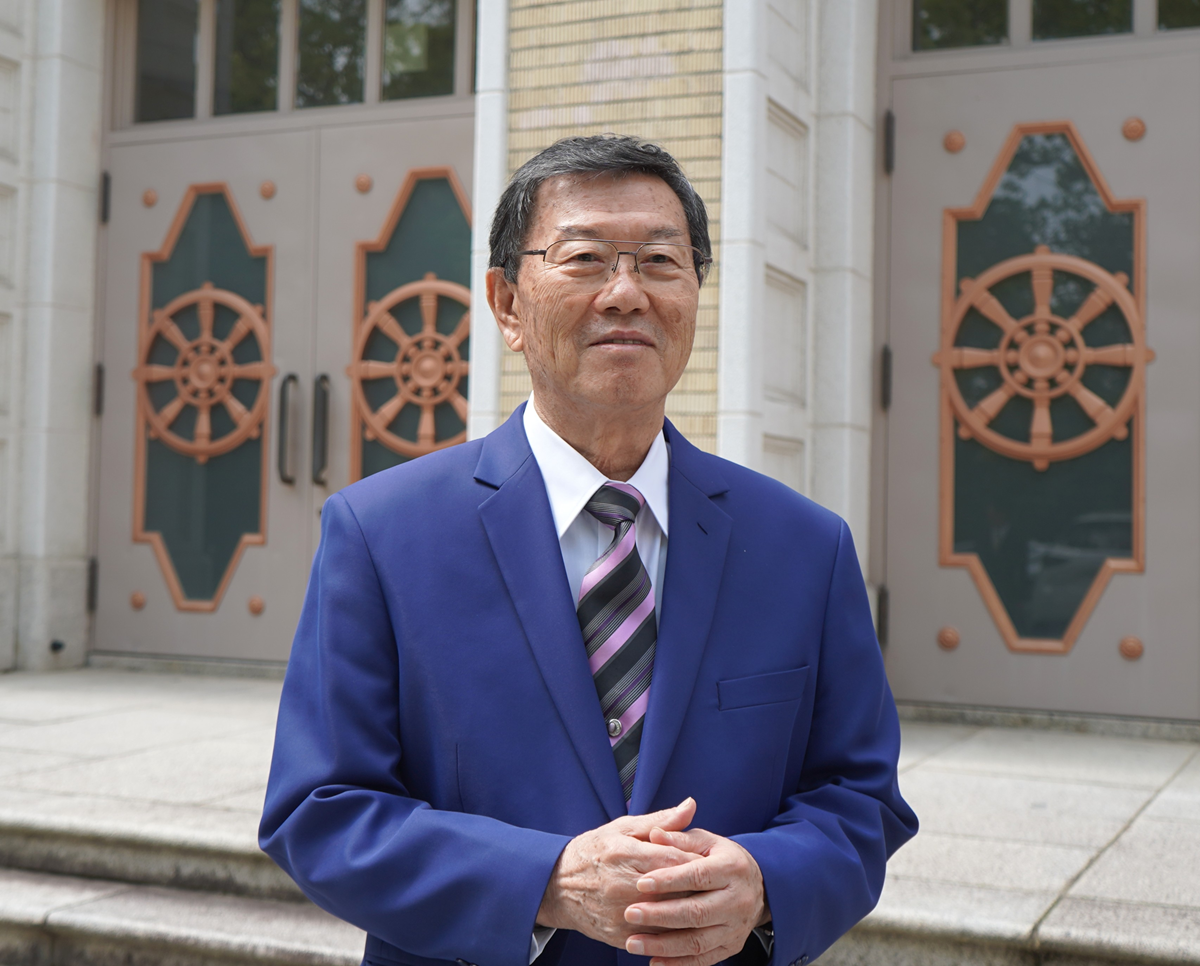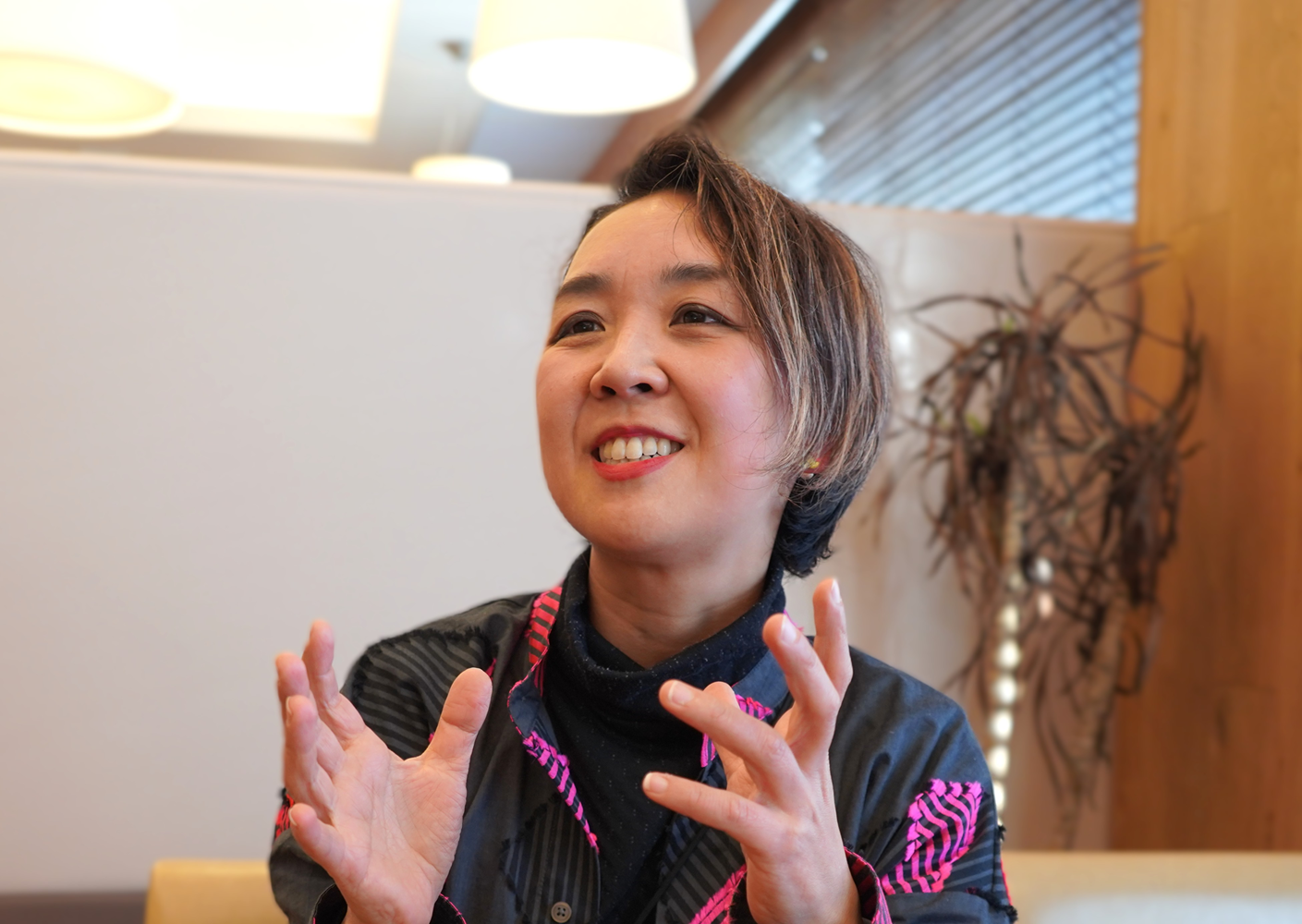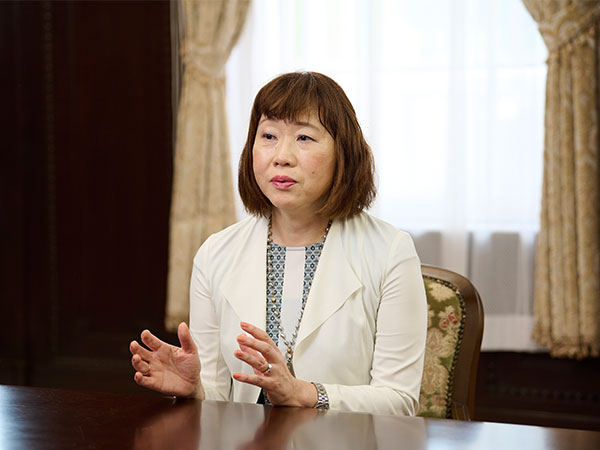
Japan’s national baseball team (Samurai Japan) recaptured their world No. 1 standing after 14 years at the recent World Baseball Classic (WBC). It was not only the performances of Major League all-rounder Shohei Ohtani, Yu Darvish and their teammates that attracted attention, but also the leadership of head coach Hideki Kuriyama in putting the team together at short notice and leading it all the way to the championship. As a new financial year starts, with all the attendant changes in the management and organization of businesses and local authorities, we asked Professor SUZUKI Ryuta, an expert in organizational behavior and leadership theory at the Graduate School of Business Administration, what Kuriyama’s leadership can teach us.
People up and down the country went wild when Samurai Japan triumphed at the WBC. The on the field activities and comments of Shohei Ohtani and his teammates took the limelight but how did you see coach Hideki Kuriyama’s contribution?
Professor Suzuki:
During the tournament, I thought it was notable that nobody was focusing much on Kuriyama’s own words and actions. The episode during the semi-final with Mexico, where he told Munetaka Murakami, who had been struggling with his batting, to “hit it however you like” did come to light after the tournament had finished but for lot of the time he was not really giving the impression that “it’s me that’s in charge here.”

Credit: Eric Espada / Getty Images Sport
Although it certainly didn’t seem like he was standing at the front actively leading them on, maybe we saw an image of a different type of leader?
Professor Suzuki:
There is a leadership theory known as “shared leadership.” Leadership here refers to the process of influencing one’s followers to achieve targets, but it doesn’t mean that this leadership comes only from the leader themself. In other words, shared leadership advocates that, to achieve targets, there is additional leadership coming from everyone in the team mutually influencing each other, and that the team benefits as a result.
From what I saw in the news, the senior players such as Yu Darvish and Ohtani were giving advice and cheering on their younger teammates. I think that’s the sign of a well-motivated team. As the type of leadership that strong leaders want to provide doesn’t need or allow others to lead, there is thesense that by taking a back seat Kuriyama was encouraging shared leadership. But, when a leader stands back like that, it doesn’t necessarily mean someone else will do something and it is possible that nobodywill say anything, so Samurai Japan do seem to have built a great team. Of course, as they had the clear objective of wanting to win the WBC, someone else might have stepped forward and taken the lead if the players had really been left alone.
Shared leadership
Do you also see a tendency for shared leadership within current business organizations?
Professor Suzuki:
“We’ll try that” has been said quite a lot hasn’t it. From around the turn of the millennium, when companies were trying to install a fresh sense of values into what they were doing, theyinitially considered that innovation and transformation of the business were things that only top management could implement. Recently, however more people have started to point out that a company’s strength stems from employees at the shop floor level generating various ideas and makingchanges by themselves. As a result, a management style that promotes autonomy now attracts greater attention. That doesn’t mean however that such a model can be used everywhere. For example, in industries like the railways and nuclear power plants, some degree of rule observance is essential, andaccidents would sometimes result if everything was decided by on the spot judgements.
As a general rule, changes in a working environment generally happen quickly, so if a subordinate has to ask their boss what to do and then follow their advice this will inevitably result in delays and missed opportunities. I think this is the reason why on the spot decision making is in demand. There are however many cases where autonomy promoting management does not work well in practice becauseyoung people who are used to going by the manual or instruction, i.e., following prescribed procedures, don’t want to take responsibility by themselves and therefore continue to ask their superiors what to do.
What is preventing the expansion of management styles that promote autonomy?
Professor Suzuki:
It’s just my impression but there is a clamour for autonomous management to be undertaken, with some people talking about employee guidance, or rather, employee focused management but the reality is that employees don't want to be told they're in charge. As the managers are the ones responsible for performance evaluation, etc., their staff ask for concrete instructions on what to do, so I’m told that even when autonomy is promoted, the situation on the shop floor isn’t actually moving forward very much.
It’s not easy to say where the problem lies, but with businesses becoming extremely strict when talking about compliance, it is difficult to be told on the one hand to strictly keep to the rulebook, while on the other hand the company says it’s OK for you to judge and do as you like, isn’t it? In reality, therefore, autonomy is not being realized very well, although there are exceptions, such as in IT companies.
While the promotion of shop floor autonomy is an organizational issue, as co-author of the book “Organizational Behavior” (2019, Yuhikaku Publishing) you elucidated two types ofleadership behavior that leaders can display to their followers. What are these two behaviors?
Professor Suzuki:
There are basically only two types of behavior displayed by leaders towards their Followers in classic leadership theory: relationship-oriented behavior and task-oriented behavior. The former focuses on human relationships, and the latter on how to distribute tasks. During debate, they are normally considered as two separate entities, but I think closer examination indicates they stem from the same root. If you don’tunderstand the person for whom you are drawing up a plan or assigning a role then you are not likely to succeed, are you? To motivate people through your leadership, it is necessary to understand each of yoursubordinates and what they want, or to determine their capability as the right person to do the task.
Kuriyama is viewed as relationship oriented, but before bringing Lars Nootbar onto the team, he did quite a lot of research and based his judgment not only on ability but also character and whether he would fit into the team, etc., so I think he took far more than simply Nootbar’s achievements into account.
The imagination needed for leadership
The new financial year is starting, with many people newly installed into leadership positions. What is necessary to become a future leader?
Professor Suzuki:
I think the key to leadership is having a strong imagination. In other words, it is extremely important how accurately and widely you can imagine how others will respond if you do something in a certain way. Likewise, you need to be able to imagine why other people won’t follow when you decide to do something based solely on your own prejudices. When considering the impact one’s own behavior has on other people, it is important that you can imagine to some degree, or in different ways, what that will lead to, and what those people may be thinking.
What’s the best way to sharpen one’s imagination?
Professor Suzuki:
I suppose one way is through experience, and there are lot of things to think about. Kuriyama is apparently also a good student and an avid reader, and I feel that he understands people well. Not everyone will move in the same way as you are thinking but there are many people who tend to think on their own terms and that if they do something often enough that people will move.
There are two things a leader needs if they want to improve results: the ability to set the right goals and the ability to properly motivate people to achieve those targets. Within a business setting,the right target means properly ascertaining the direction in which it is necessary to go.
What should we learn from Hideki Kuriyama?
Professor Suzuki:
Recently the desire to go into management has steadily decreased. I think that’s because many people see such type of role as being disadvantageous but in that case there will be things they don’t want to do even within their own area of responsibility. Kuriyama also said he did not want to take the role of Samurai Japan coach again but on the other hand I think he felt a unique joy, or rather appeal, from a sense of achievement that was probably quite different to that of his players. People should know there is an appeal to getting everyone highly motivated while achieving the result, or rather, of having a far greater sense of achievement than that felt by one person simply accomplishing their task.
Please tell us about your plans for future research topics.
Professor Suzuki:
Right now, I am writing a book concerning leadership theory. I also have two further research topics. The first is research into organizational failures. A lot of macroscopic research into organizations has been undertaken and there is also some individual microscopic research into why, for example, people have narrow minded viewpoints. I want to think about taking both elements into account. The other topic I and my colleague are contemplating is data analysis research into salaryman manga. By analyzing salaryman and workplace-themed manga, such as “Tsuribaka Nisshi” (Fishing Nut’s Diary), which started to appear in the 1970’s, I’m wondering if it is possible to detect transitions in Japanese working style and management.
Resume
| March 1994 | Graduated from the School of Business Administration, Kobe University |
| March 1996 | Completed Master’s Program, Kobe University |
| April 1997 | Assistant, School of Management and Information, University of Shizuoka |
| March 1999 | Completed Doctorate Program PhD (Business Administration), Kobe University |
| April 2001 | Full-time Lecturer, School of Management and Information, University of Shizuoka |
| April 2005 | Associate Professor, Graduate School of Business Administration, Kobe University |
| April 2013 | Professor, Graduate School of Business Administration, Kobe University |









